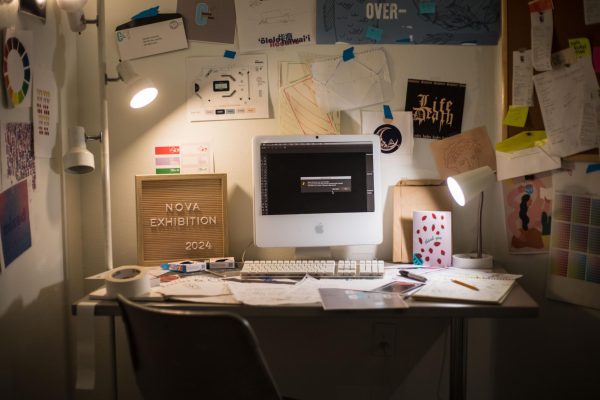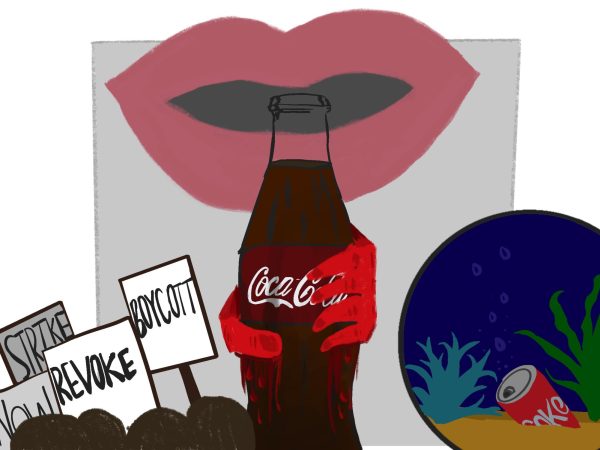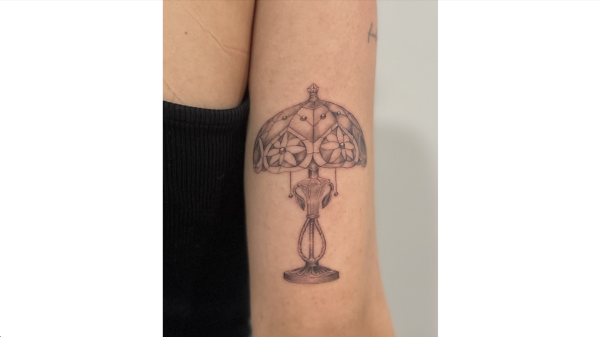Seattle University Reformats Strategic Plan During Financial Stress
For many organizations, the pandemic has exacerbated existing financial troubles or brought on completely new problems. Financially surviving amidst these conditions has been a long and challenging journey for Seattle University, which struggled with budget issues before the pandemic.
In the 2019-2020 academic year alone, Seattle U accrued a $5.9 million deficit. However, as the conditions of the pandemic become more stable, the institution’s administrators are moving forward confidently with the formation of the Reigniting Strategic Directions plan.
Seattle U’s Board of Trustees, with input from all departments and schools of the university, created a Five Year Plan for the university just before March of 2020. The plan, which focused on returning Seattle U to financial stability, was thrown off course by the COVID-19 pandemic. As a result, the university is redrafting the initial plan to account for the volatility of the past year.
President Eduardo Peñalver spoke about the primary goals for the Reigniting Strategic Directions document.
“The main goal is to get the process back to full speed after the COVID-19 interruption. The process was ongoing when COVID-19 hit and I was hired,” Peñalver said. “It was not brought to a halt but it was definitely slowed down by the pandemic and the need to move online, the inability to meet in-person and have some of the kinds of gatherings that you’d want as part of a strategic planning process.”
The renewed plan places an emphasis on environmental sustainability, racial inequality and the social impact of rapid technological change. Peñalver mentioned the importance of incorporating the university’s response to the Black Lives Matter protests into the strategic plan, particularly the work of the LIFT SU initiative to instill racial justice into Seattle U’s character as an institution.
“During that time, the response of Seattle University, the LIFT SU initiative was an intervening event that wasn’t reflected in the existing strategic plan, so we needed to bring the plan up to date to essentially incorporate the goals of LIFT SU into the strategic planning process. Quite simply, it’s an update and a refinement of the existing strategic priorities of the university,” Peñalver said.
Prior to his presidency at Seattle U, Peñalver served as the dean of Cornell University’s Law School. When Peñalver took his position as dean, Cornell’s School of Law was in financial disarray. By the time he had left, the school had raised over $100 million dollars to overcome this challenge.
“Many of the experiences I’ve had were all relevant for this role—I had to manage a budget, balance enrollments, hiring and make sure we were bringing in new revenue to allow us to grow,” Peñalver said. “At the core, it’s a similar set of activities that I am engaged with now as a president, although obviously on a different scale and now engaging with academic units that are different from my own discipline.”
Chief Financial Officer Wilson Garone talked about the goals of the new plan and his working relationship with the new president.
“Our goal with the Reigniting Strategic Directions was to really raise the importance of some specific projects within each of the five goals to accelerate our process of moving towards that strategic direction that we have defined,” Garone said. “The president has done that in a way that provides clarity to the institution about what are the initiatives that we should be focusing on in each of these five goals to be able to take us to that future.”
When asked about the working relationship with the new president, Garone spoke to Peñalver’s leadership experience.
“It’s just starting, as it happens every time you have a new manager or a new boss, it takes some time for you to adapt … We should never expect the next boss to be exactly like the previous boss. Eduardo is a very seasoned, knowledgeable and experienced manager. So, I think he’s doing really well in terms of working with the team and empowering the team to do the work,” Garone said.
In addition to his leadership experience, Garone complimented Peñalver’s efficiency and explained the importance of administrations adapting to new leaders.
“If I can highlight one thing in his work style that I think Eduardo has—and that I appreciate a lot coming from my background in the corporate space—is that he is very quick. He’s analytical and highly focused on the details. But we do have to adapt and we will adapt from both sides—his direct reports are going to adapt, and we’ll adapt—which will make us a strong team. I’m very happy with these first few weeks of work together and I’m looking forward to the future,” Garone said.
Although the Seattle U community maintained operations during the COVID-19 pandemic, ongoing financial losses have created uncertainty regarding the university’s direction. Garone is optimistic about the university’s path back to financial health.
“We are doing better than we expected at the beginning of the pandemic. Going through the pandemic, there were many uncertainties about what was happening. The last time a pandemic happened was over 100 years ago and there is not much history or even a way to compare the current environment of higher education with what it was 100 years ago. There was a lot of uncertainty around us and we needed to deal with that uncertainty,” Garone said.
Garone highlighted the university’s surprisingly strong enrollment numbers during the pandemic, as well as federal government aid which was distributed as a response to the crisis, as sources of financial stability throughout the worst months of the pandemic. Through March 2020, Seattle University received $3.7 million in emergency funding, half of which was distributed directly to students.
“There was a tremendous amount of support that we had from the federal government in terms of the higher education and emergency funds that were assigned to the students and the institution. All in all, we are seeing more positive results than we had before,” Garone said.
However, this financial support was not enough to save the School of Theology and Ministry, which is closing due to significant financial losses accrued by the program. When asked whether more programs could possibly close in the future, Garone did not forecast immediate large-scale closures, but was clear that the university is in a constant process of ensuring financial viability.
“Every year we are like any institution in reviewing our portfolio of programs. Currently, I am not foreseeing any one major change to our programs. If anything, we are really excited about the investments we are making in many areas—like science and engineering along with computer science—which are going to offer great options for our students in the future,” Garone said.
He reaffirmed the importance of strong strategic planning and diligent implementation of the institution’s goals.
“I think with the right focus, with the right plan and with great execution, we will achieve a brighter future and I’m confident that we have the right team in place to build that future,” Garone said.
Frank Shih, president of Seattle U’s Academic Assembly, shared more inside details on the Reigniting Strategic Directions plan.
“Roughly speaking, it’s a to-do list with things that we want to tackle. Right now, it’s out there to gather feedback as a living document that’s still being revised by the President, and all the input that goes in will help to finalize it,” Shih said.
Students will be allowed to comment on the plan in two open sessions Oct. 21 and 27.
Shih explained that the document is not a replacement of the Strategic Directions plan published in 2020, but a renewal in the face of new challenges.
“It’s an enhancement, articulation and focus of things we want to accomplish and where as a university we should put our strength collectively. The changes that are new seem very sensible and needed,” Shih said.
Dean of the College of Arts and Sciences, David Powers, offered additional details on the Reigniting Strategic Directions committee.
“I’m a member of the committee which focuses on getting input on how specifically we should move forward from this moment. The strategic directions were written before he [President Peñalver] got here and had a good sense of general directions, but he’s done a great job of figuring out specifically what that means, what we want to do and how we want to do that given where we are at this moment,” Powers said.
The COVID-19 pandemic continues to pose a serious threat to a university with pre-existing financial struggles. However, as the university experiences leadership changes and a more stable financial future, the circumstances have improved since the initial months of the pandemic.











